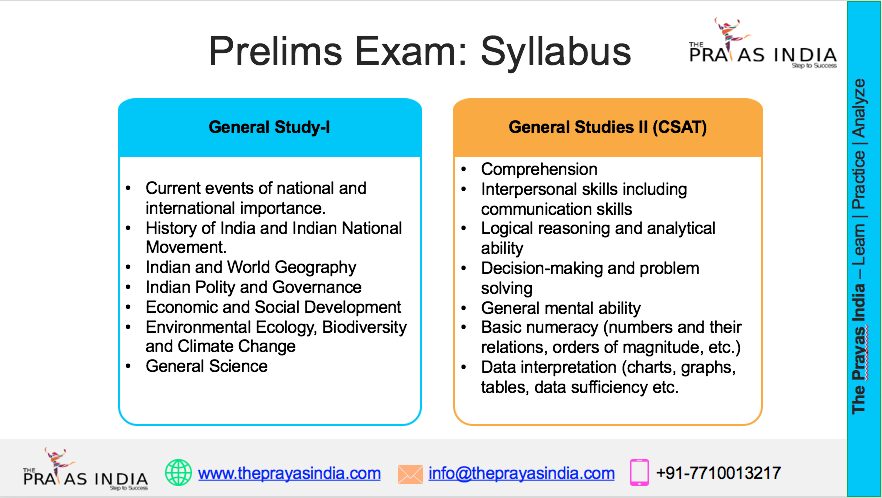Historic GST Overhaul Announced: A Landmark Reform in India’s Tax System
The Goods and Services Tax (GST) has been one of the most transformative economic reforms in India since its introduction in July 2017. On 18 August 2025, the Government of India, under the leadership of Prime Minister Narendra Modi, announced the most comprehensive GST reform since its inception. This reform has been described as historic because it addresses many long-standing demands from businesses, consumers, and trade bodies while also aligning with India’s vision of fostering economic growth and simplifying taxation.
Key Highlights of the GST Overhaul
- Simplified Tax Slabs
- The new system significantly reduces the number of GST slabs.
- The 28% slab, often criticized as being excessively high, has been completely abolished.
- Essential goods and certain electronics now fall under the 5% GST bracket, making them more affordable for common citizens.
- Boost to Consumers and Businesses
- Lower taxes on essentials such as household items, mobile phones, and laptops will reduce costs for millions of consumers.
- Businesses, particularly small and medium enterprises (SMEs), will benefit from reduced compliance burdens and greater ease in pricing their products competitively.
- Projected Economic Impact
- According to government estimates, this reform could cost the exchequer nearly $20 billion annually in terms of tax revenue.
- However, the trade-off is expected to result in higher consumption and increased economic activity, with a potential GDP growth boost of 0.6 percentage points.
- Addressing U.S.–India Trade Tensions
- The announcement comes amid growing trade tensions with the United States, where concerns were raised about tariff structures and market access.
- By restructuring GST, India aims to make its market more attractive for foreign investors while also improving domestic competitiveness.
Why This Reform is Significant
- For Consumers: Reduced prices on essential goods and electronics directly impact household savings, giving families more disposable income.
- For Businesses: The removal of the 28% slab reduces the tax burden on industries such as automobiles, electronics, and luxury items, encouraging growth and innovation.
- For the Economy: With more affordable products, consumer spending is expected to rise, fueling demand in multiple sectors. This aligns with the government’s larger goal of making India a $5 trillion economy.
Expected Challenges
While the reform has been widely welcomed, it also presents challenges:
- Revenue Shortfall: The government will need to identify new ways to bridge the gap caused by reduced GST collections.
- State Compensation: States that rely heavily on GST revenue may demand higher compensation from the Centre.
- Implementation Phase: Businesses will need to adapt their accounting and billing systems to comply with the revised GST framework.
Expert Reactions
Economists and policy experts have hailed the reform as a bold but calculated risk. Many believe that although the government will lose significant revenue in the short run, the long-term benefits of higher growth, greater compliance, and stronger consumer demand will outweigh the costs.
Industry leaders, especially in the electronics and consumer goods sectors, have expressed optimism that lower taxes will drive sales during the upcoming festive season.
Conclusion
The historic GST overhaul announced on 18 August 2025 marks a new chapter in India’s economic reforms. By simplifying tax structures, abolishing the 28% slab, and reducing rates on essentials and electronics, the government has demonstrated its commitment to growth, fairness, and ease of doing business.
This reform may temporarily strain government revenue, but its potential to accelerate GDP growth, attract investment, and enhance consumer welfare makes it one of the most impactful economic decisions in recent years.
India’s GST journey, which began in 2017, has now entered a new phase—one that promises a more inclusive, efficient, and growth-oriented future.




![Prayas-तेजस [UPSC CSE Sociology Optional] – Online & Offline](https://theprayasindia.com/wp-content/uploads/2025/09/Prayas-तेजस-UPSC-CSE-Optional-Subject-The-Prayas-India-300x300.png)
![Prayas-सूत्र [UPSC CSE Materials (Hardcopy)]](https://theprayasindia.com/wp-content/uploads/2025/09/Prayas-सूत्र-UPSC-CSE-Study-Materials-Hardcopy-The-Prayas-India-300x300.png)
![Prayas-मंत्रा [UPSC CSE CSAT]](https://theprayasindia.com/wp-content/uploads/2025/09/Prayas-मंत्रा-UPSC-CSE-CSAT-The-Prayas-India-300x300.png)
![Prayas सारथी [UPSC CSE One on One Mentorship]](https://theprayasindia.com/wp-content/uploads/2025/09/Prayas-सारथी-UPSC-CSE-One-on-One-Mentorship-The-Prayas-India-300x300.png)










